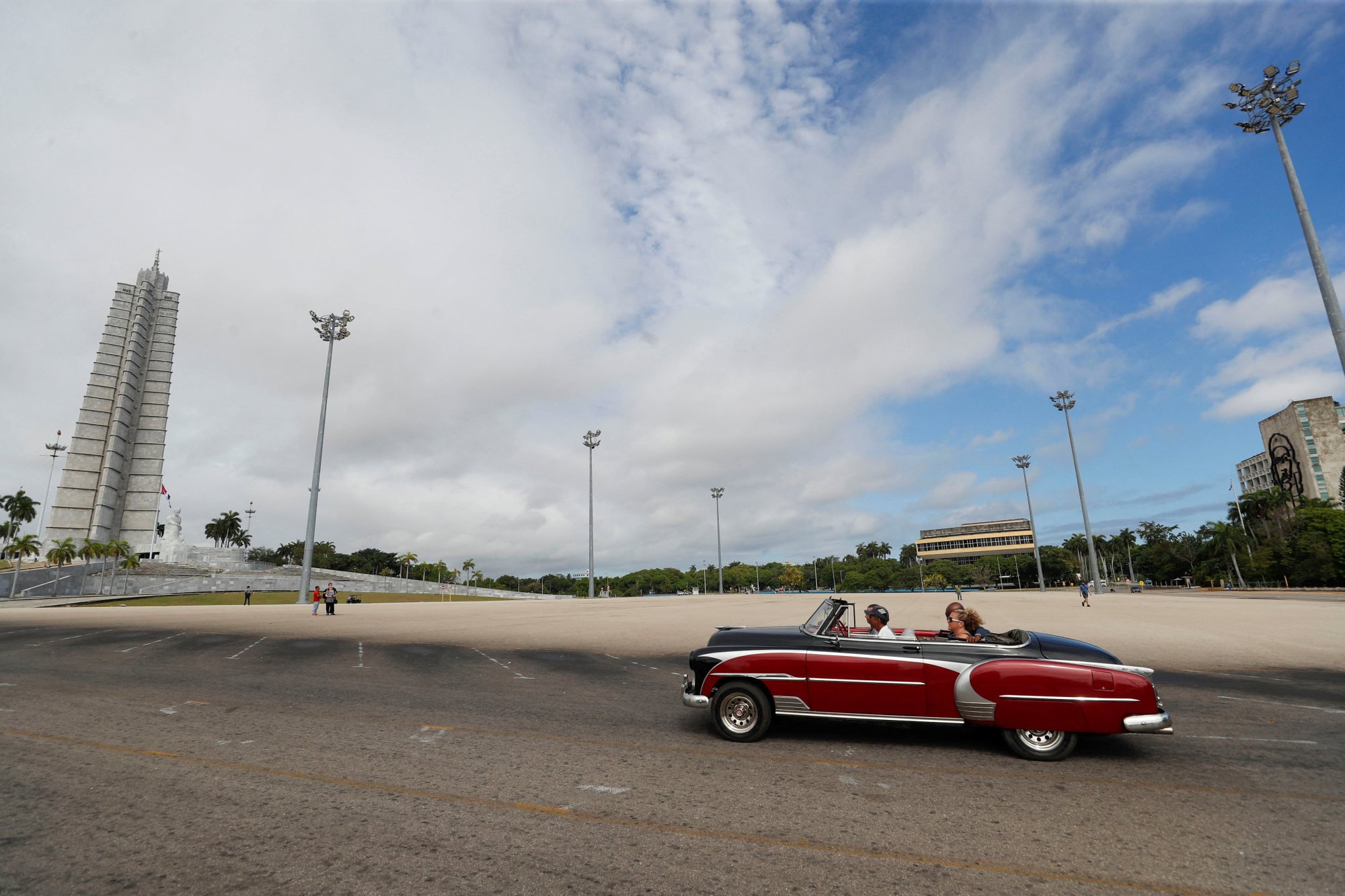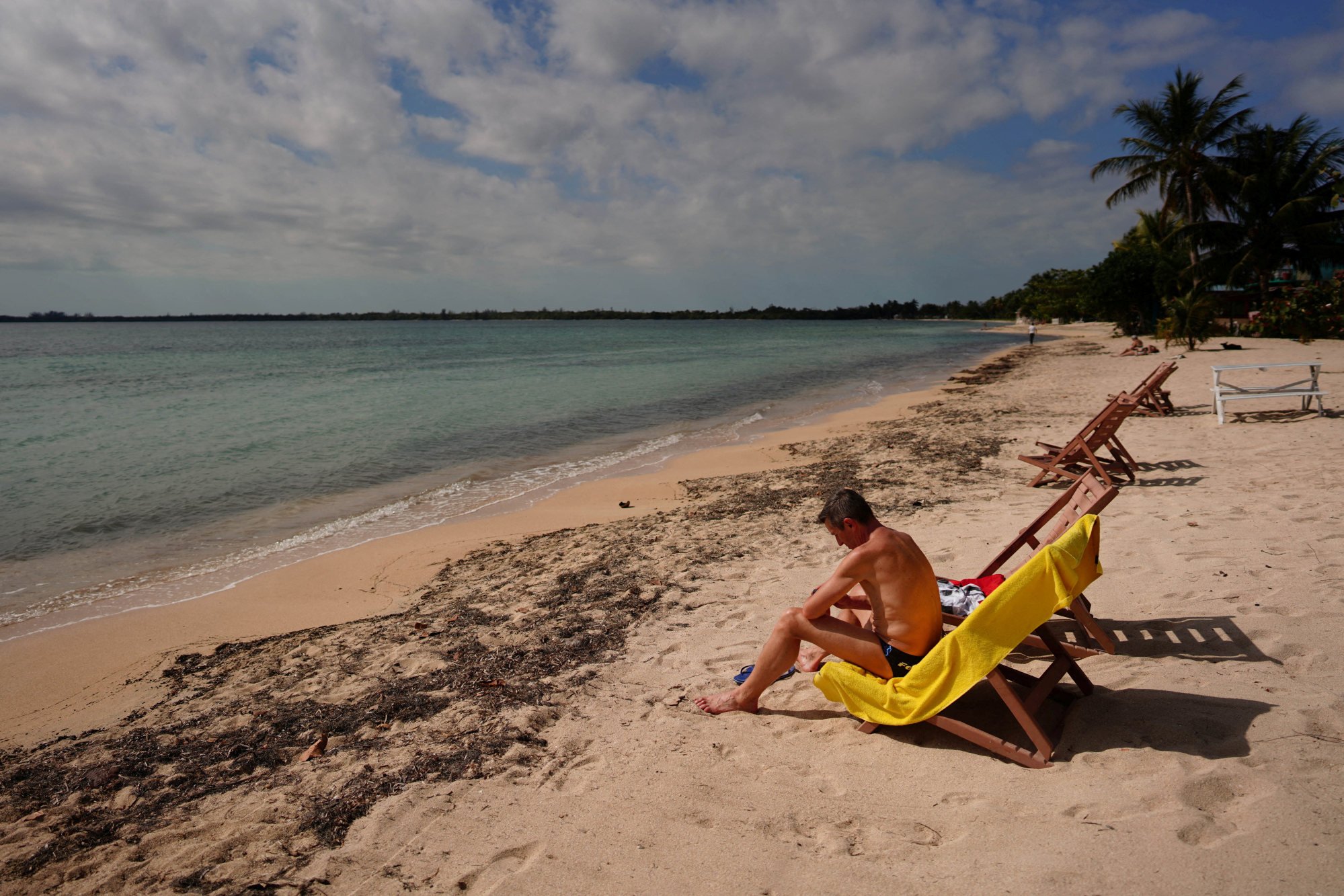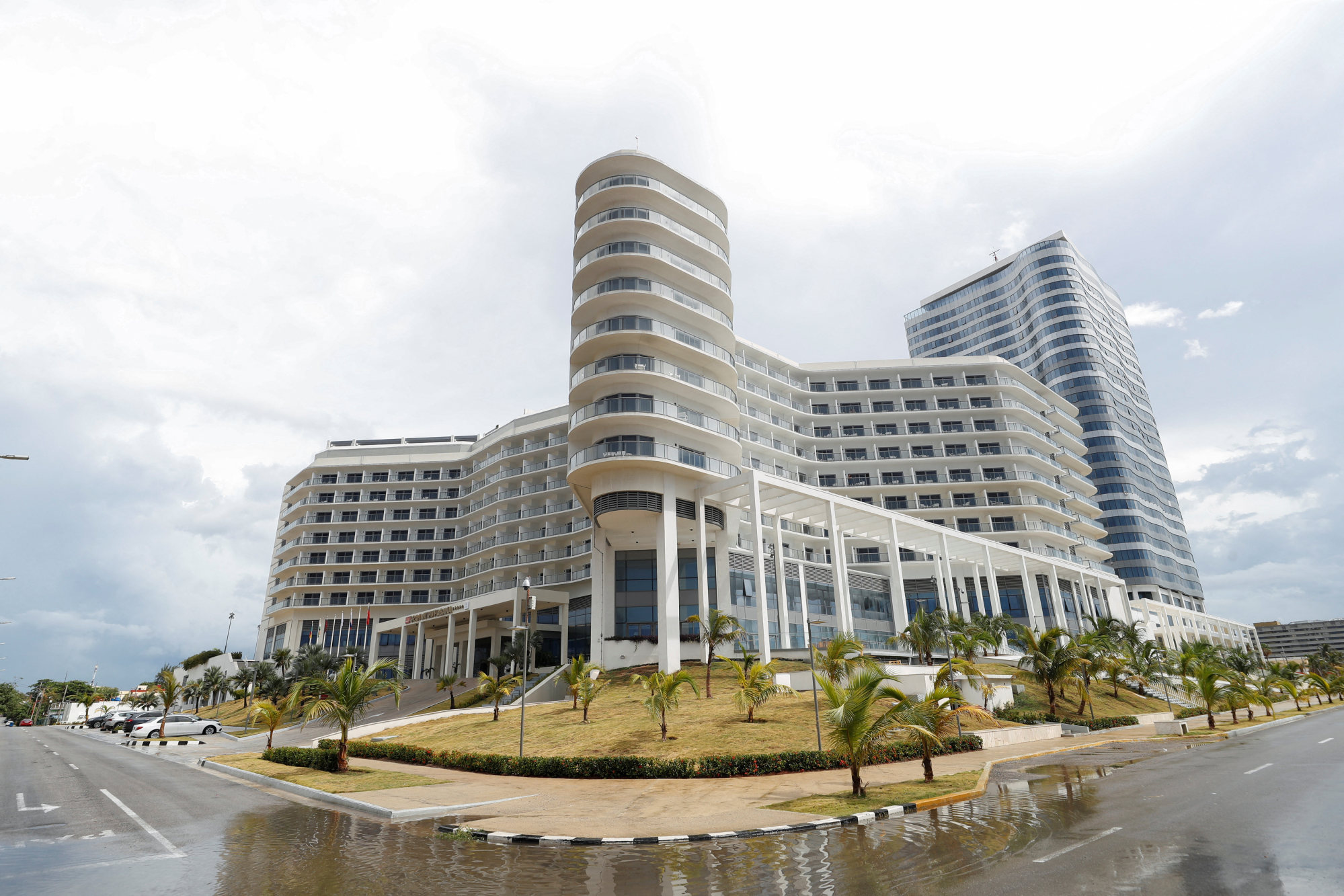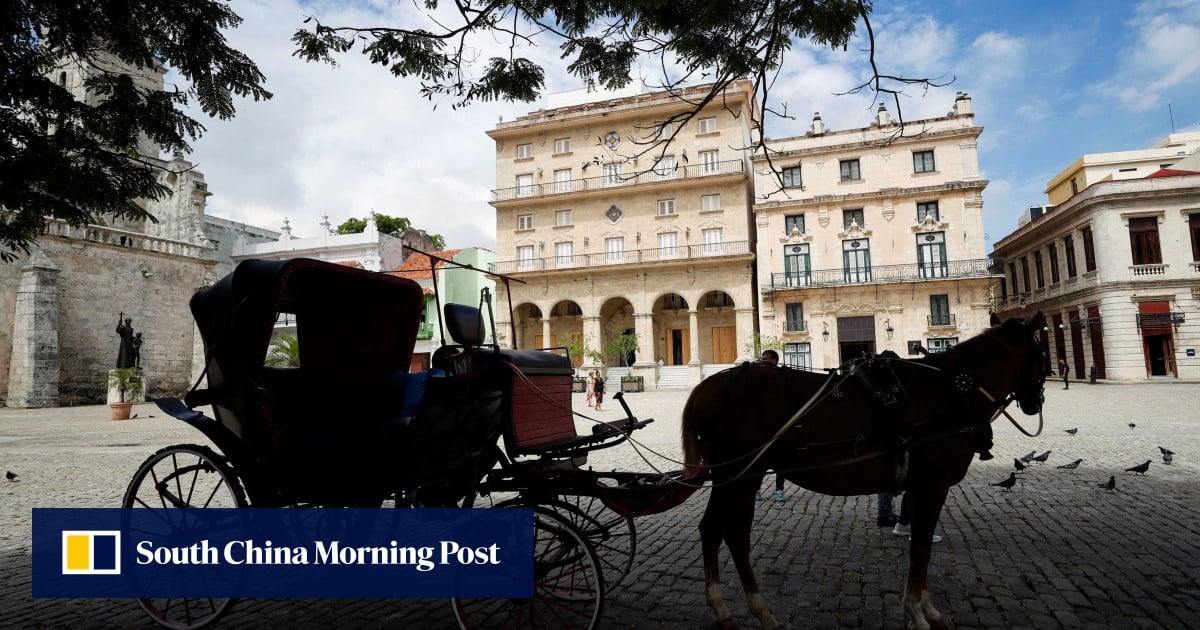That has meant more, and sometimes direct, flights from Russia and China – Air China recently resumed a twice-weekly Beijing-Havana service via Madrid – the elimination of visa requirements for Chinese visitors and Cuba’s recent decision to accept Russia’s Mir payment cards, one of only a handful of countries to join Moscow’s alternative to Visa and Mastercard.

That strategy has paid early dividends. More than 66,000 Russians visited the Caribbean island in the first three months of the year, state-run Cuban media reported, double that of the same period in 2023. The Russian visitors are one of Cuba’s few tourism bright spots, however.

Cuba’s bet on distant countries may not make up for the overall visitor decline, says Paolo Spadoni, an associate professor at Augusta University, in the US state of Georgia, and an expert on Cuban tourism. A trip from Beijing, with layovers, for example, can require well over 24 hours of travel; even direct flights take nearly 24 hours.
“It’s a long shot,” says Spadoni. “[Chinese and Russian visitors] may provide some relief in the short term, but it’s very unlikely that they will make up for the lost contingent of European and American visitors.”
That means Cuba is unlikely to meet its goal of attracting 3.2 million visitors in 2024, Spadoni says. He estimates the island will receive between 2.6 million and 2.7 million tourists this year.

On a recent weekday morning, Old Havana – a United Nations World Heritage site and one of Latin America’s most famed tourist hotspots – was eerily quiet.
For Migdalia Gonzalez, a 55-year-old street vendor in Old Havana, the situation could not be worse. She has noticed more Russian and Chinese tourists than in years past, but neither were fans of the empanada pastries she sells.
“Tourist activity here has hit rock bottom,” she says.
Additional reporting by Staff Reporter

